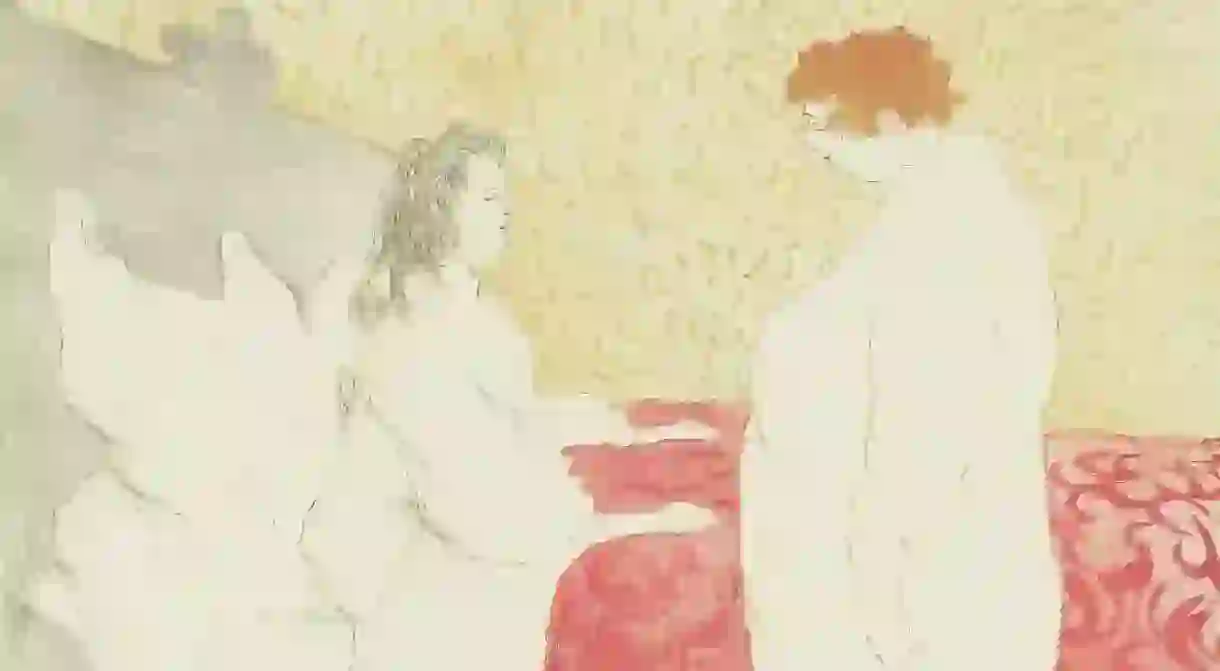The Best Places to See Henri de Toulouse-Lautrec's Art

One of the most influential artists to grace the scene during the height of Paris’ bohemian era was Henri de Toulouse-Lautrec. As a painter, printmaker, draughtsman and illustrator, Toulouse-Lautrec’s style varied considerably during the course his career, and therefore his work is a fascinating insight into his life and the hedonistic era of art, drugs, love and sex that he lived through. Read on to discover more about his life and art.
Musée Toulouse-Lautrec, Albi
Museum

Although his life was short (he died aged 36) his career was long and fulfilling. He started drawing around the age of 8, after moving from Albi, in the Midi-Pyrenées region, to Paris to live with his mother. Not long after he and his family discovered that it was in art where his talent lay. These early drawings can be found in the Musée Toulouse-Lautrec in his city of birth, Albi.
The Art Institute of Chicago
Art Gallery

The Museum of Modern Art, New York City
Art Gallery, Building, Museum, Opera House

Indianapolis Museum of Art
Museum

Arguably Toulouse-Lautrec’s most well known works were his prints. As a well-known bohemian artist, he was often commissioned to create posters, usually as advertisements. Moulin Rouge: La Goulue (1891) was the first work he created using the medium of lithography, and is possibly his most recognisable piece. Around 3,000 copies of this poster were produced and pasted around Paris to promote the new dance hall. Surviving examples can be found at the Indianapolis Museum of Art.
The Metropolitan Museum of Art, New York City
Museum

In 1899, two years before his death, Toulouse-Lautrec’s health began to rapidly decline due to the effects of alcoholism. He was admitted to a sanatorium in Neuilly where he drew 39 circus portraits during his three-month stay. Many of these works are also displayed in the Metropolitan Museam of Art in New York City.
Musée d’Orsay, Paris
Museum, Train Station














